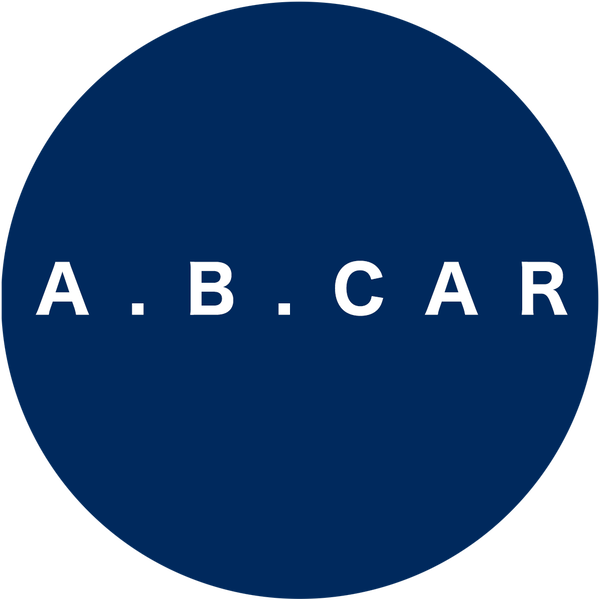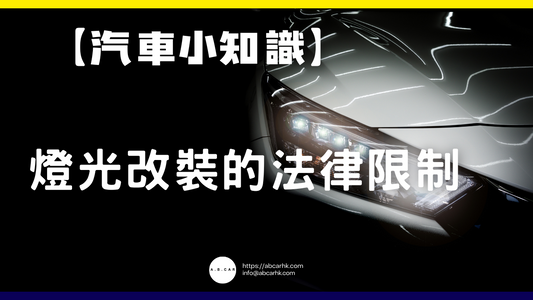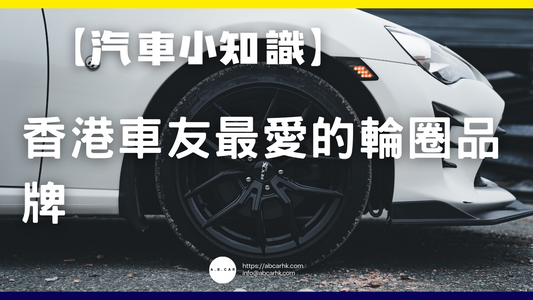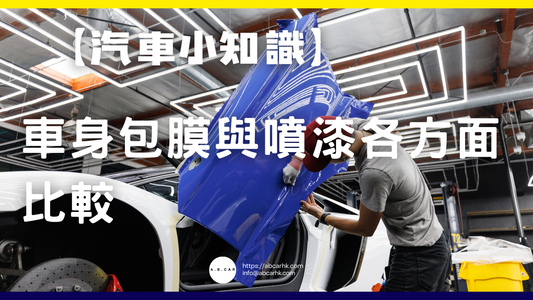【Introduction of car manufacturer】Renault RENAULT
Renault is one of the most representative French automobile manufacturers with a long history of more than 120 years, famous for its innovative design, racing technology and global layout. The brand was founded by Louis Renault and his brothers Marcel and Fernand in 1899, originally named "Société Renault Frères".
Early Development and Technological Innovation (1899-1918)
Renault's first creation was the Type A in 1898, which was equipped with the first direct drive system, eliminating the traditional chain drive and making the vehicle more efficient. In 1902, Renault developed the first turbocharged engine, demonstrating its technological strength. During World War I, Renault turned to military production, manufacturing tanks, ammunition and military trucks, the most famous of which was the FT-17 light tank, which had a profound influence on modern tank design.
Postwar expansion and mass-market models (1919-1945)
After the war, Renault returned to civilian car production, launching economical models such as the 4CV, and became the largest car manufacturer in France in the 1920s. In the 1930s, Renault began to produce luxury models such as the Vivasix and Nerva, but during World War II, the factory was occupied by the German army and was forced to produce military vehicles. After the war, Louis Renault was arrested on charges of collaboration with the Nazis, and the company was nationalized by the French government in 1945 and renamed the "National Renault Automobile Company" (Régie Nationale des Usines Renault).
Postwar reconstruction and globalization (1946-1980)
In 1946, Renault launched the 4CV, an economical car that became a symbol of post-war European revival, with total sales exceeding 1 million units. In the 1960s, Renault further expanded, launching classic models such as the R4 and R8, and achieved success in the international market. The R5 (Le Car) released in 1972 became a global best-seller, consolidating Renault's position in the small car market. In addition, Renault actively participated in racing sports, and in 1977, it ushered in a new era of F1 with the turbocharged engine Formula One car RS01.
The Age of Diversity and Alliances (1981-2000)
In the 1980s, Renault launched the Espace (1984), which is regarded as the originator of the modern MPV. In the 1990s, it led the trend of urban vehicles with models such as Twingo and Clio. However, over-expansion led to a financial crisis, and the company initiated privatization reforms in 1996. In 1999, Renault formed a strategic alliance with Japan's Nissan, led by Carlos Ghosn, and revitalized the two brands through resource sharing.
Challenges and Transformation in the 21st Century (2001 to Present)
In the 2000s, Renault launched successful car series such as Megane and Scenic, and entered the new energy market with electric cars Zoe (2012) and Twizy (2011). In 2016, Renault acquired Mitsubishi Motors shares to form the "Renault-Nissan-Mitsubishi" alliance, becoming one of the world's largest automobile groups. In recent years, Renault has focused on electrification and plans to stop selling fuel vehicles in Europe by 2030.
Renault's history has witnessed the evolution of the automotive industry, from an early technological pioneer to a global company, always maintaining an innovative spirit. In the future, Renault will continue to play an important role in the trend of electrification and autonomous driving.



